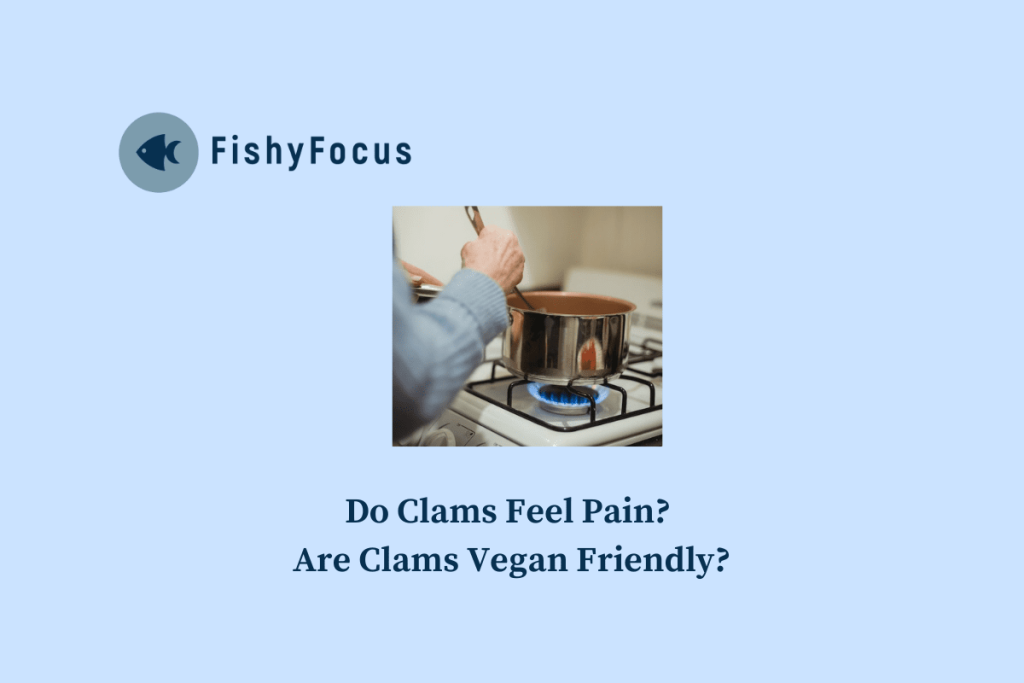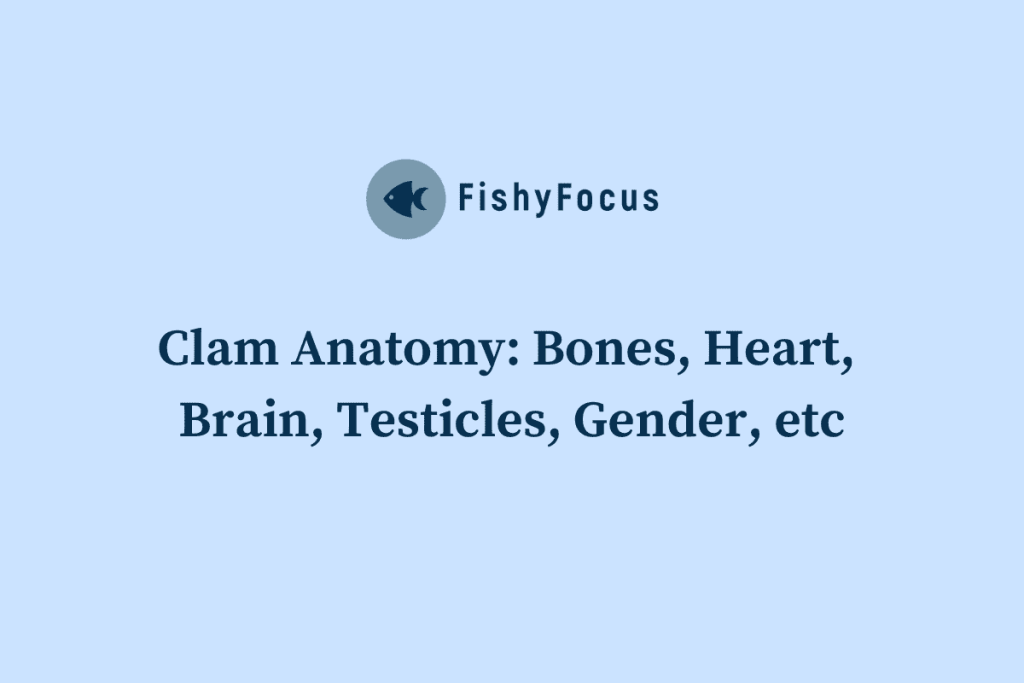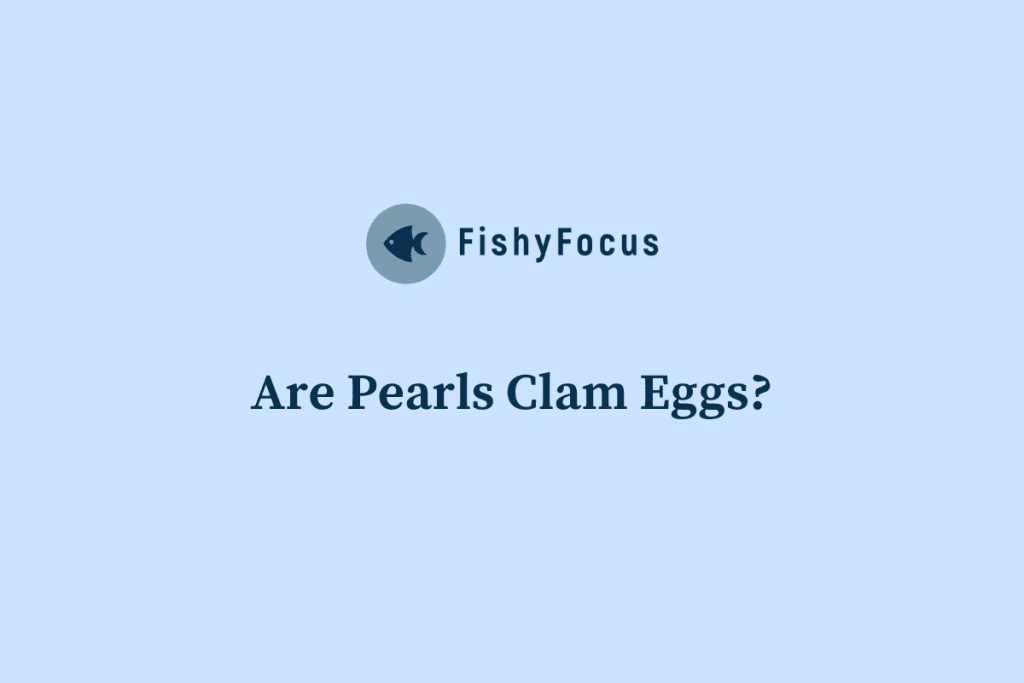Clam allergies can be a perplexing and challenging condition for those who suffer from them. While many people enjoy clams as a delicious seafood option, others find themselves experiencing allergic reactions after consuming them. Understanding clam allergies is crucial for those who have this condition, as it can help them navigate their dietary choices and avoid potentially life-threatening reactions.
Key Takeaways
- Clams can trigger allergic reactions due to the presence of proteins that the immune system mistakes as harmful.
- Common symptoms of clam allergies include hives, swelling, difficulty breathing, and digestive issues.
- Diagnosis of clam allergies involves skin tests, blood tests, and elimination diets, while treatment includes antihistamines and epinephrine injections.
- Clam allergies are caused by a combination of genetic and environmental factors, and can develop at any age.
- Risk factors for developing clam allergies include a family history of allergies, exposure to other allergens, and certain medical conditions.
- To avoid clam allergies, individuals should read food labels carefully, avoid cross-contamination, and carry an epinephrine auto-injector if necessary.
- Cross-reactivity can occur with other seafood allergies, such as shrimp, crab, and lobster.
- Parents of children with clam allergies should educate themselves and their child’s caregivers, and have an emergency action plan in place.
- Coping with clam allergies involves making lifestyle changes, such as avoiding certain foods and carrying medication, and managing symptoms with medical treatment.
- Research is ongoing to develop new treatments for clam allergies, such as immunotherapy and oral desensitization.
What are Clams and How Do They Trigger Allergic Reactions?
Clams are a type of shellfish that are commonly used in various cuisines around the world. They are often found in dishes such as clam chowder, pasta dishes, and sushi. However, for some individuals, consuming clams can lead to allergic reactions.
Allergic reactions to clams occur when the immune system mistakenly identifies proteins in clams as harmful substances. When a person with a clam allergy consumes clams, their immune system releases antibodies called immunoglobulin E (IgE) to fight off the perceived threat. This immune response triggers the release of chemicals such as histamine, which leads to the symptoms associated with allergic reactions.
Common Symptoms of Allergic Reactions to Clams
The symptoms of clam allergies can vary from mild to severe and may include:
1. Skin reactions: This can range from mild itching and hives to more severe symptoms such as swelling of the face, lips, or throat.
2. Respiratory symptoms: Some individuals may experience difficulty breathing, wheezing, or coughing.
3. Gastrointestinal symptoms: These can include nausea, vomiting, abdominal pain, or diarrhea.
4. Cardiovascular symptoms: In rare cases, clam allergies can cause a drop in blood pressure or even anaphylaxis, a severe and potentially life-threatening allergic reaction.
It is important to note that the severity of symptoms can vary from person to person and even from one allergic reaction to another. Some individuals may only experience mild symptoms, while others may have more severe reactions. It is crucial to seek medical attention if experiencing severe symptoms or anaphylaxis.
Diagnosis and Treatment of Clam Allergies
If you suspect that you have a clam allergy, it is important to seek a proper diagnosis from a healthcare professional. They will typically perform a thorough medical history and physical examination. In some cases, they may recommend specific diagnostic tests, such as skin prick tests or blood tests, to confirm the allergy.
Once diagnosed, the primary treatment for clam allergies is strict avoidance of clams and any foods or products that may contain clam allergens. In case of accidental exposure or a mild allergic reaction, over-the-counter antihistamines can help alleviate symptoms. However, for severe reactions or anaphylaxis, immediate medical attention is necessary. In these cases, epinephrine (adrenaline) may be administered to counteract the allergic response.
It is important for individuals with clam allergies to work closely with their healthcare provider to develop an individualized management plan. This plan may include carrying an epinephrine auto-injector at all times, educating family members and friends about the allergy, and knowing how to read food labels to identify hidden sources of clam allergens.
Understanding the Causes of Clam Allergies
Food allergies, including clam allergies, are complex conditions that can be influenced by various factors. The specific proteins in clams that trigger allergic reactions are not yet fully understood. However, researchers have identified several potential allergenic proteins in clams, including tropomyosin and arginine kinase.
Genetics also play a role in the development of clam allergies. Individuals with a family history of allergies are more likely to develop allergies themselves. However, it is important to note that not everyone with a family history of allergies will develop clam allergies, and vice versa.
Risk Factors for Developing Clam Allergies
Several factors can increase the likelihood of developing clam allergies. These include:
1. Family history: As mentioned earlier, having a family history of allergies, including food allergies, can increase the risk of developing clam allergies.
2. Previous allergic reactions: Individuals who have previously experienced allergic reactions to other types of seafood or shellfish may be at a higher risk of developing clam allergies.
3. Exposure to clams: Regular exposure to clams, either through consumption or occupational exposure, can increase the risk of developing an allergy.
It is important for individuals who are at a higher risk of developing clam allergies to be aware of their risk factors and take necessary precautions to avoid exposure to clams.
How to Avoid Clam Allergies: Tips and Precautions
For individuals with clam allergies, avoiding exposure to clams and clam allergens is crucial. Here are some tips and precautions to consider:
1. Read food labels: Always read food labels carefully to identify any potential sources of clam allergens. Clams can be found in unexpected places, such as soups, sauces, and even some condiments.
2. Be cautious when dining out: When dining out, inform the restaurant staff about your allergy and ask about the ingredients used in the dishes you are considering. Cross-contamination can occur in restaurant kitchens, so it is important to communicate your needs clearly.
3. Educate yourself about hidden sources: Clam allergens can sometimes be hidden in processed foods or as ingredients in certain medications or cosmetics. Educate yourself about these hidden sources and read product labels carefully.
4. Be prepared for accidental exposure: Accidental exposure to clams can happen, especially when dining out or attending social events. Carry an epinephrine auto-injector at all times and educate those around you about how to use it in case of an emergency.
Cross-Reactivity: Other Seafood Allergies to Watch Out For
Cross-reactivity is a phenomenon where the proteins in one type of food allergen can trigger an allergic reaction in individuals who are allergic to another type of food. In the case of clam allergies, cross-reactivity can occur with other types of shellfish, such as shrimp, lobster, and crab.
It is important for individuals with clam allergies to be aware of this cross-reactivity and take necessary precautions when consuming other types of shellfish. If you have a known clam allergy, it is recommended to consult with a healthcare professional before consuming other types of shellfish.
Clam Allergies in Children: What Parents Need to Know
Clam allergies can also affect children, and parents need to be aware of the signs and symptoms. Children may not always be able to communicate their symptoms effectively, so it is important for parents to be vigilant and observant.
If you suspect that your child has a clam allergy, consult with a pediatrician or allergist for a proper diagnosis. They can guide you on how to manage your child’s allergy and provide information on how to read food labels and avoid exposure to clam allergens.
Educating children about their allergies from a young age is crucial. Teach them about the foods they need to avoid and how to communicate their needs to others. It is also important to inform teachers, caregivers, and other parents about your child’s allergy so that they can take necessary precautions.
Coping with Clam Allergies: Lifestyle Changes and Management Strategies
Living with clam allergies may require some lifestyle changes and management strategies. Here are some tips to help cope with clam allergies:
1. Learn alternative cooking methods: If you enjoy seafood flavors, consider exploring alternative cooking methods and ingredients that can mimic the taste and texture of clams without the risk of allergic reactions. For example, mushrooms can be used as a substitute in certain dishes.
2. Prepare for social situations: When attending social events or dining out, inform the host or restaurant staff about your allergy in advance. Offer to bring your own dish or suggest alternative options that are safe for you to consume.
3. Traveling with clam allergies: If you are traveling, research local cuisine and food options in advance. Learn key phrases in the local language to communicate your allergy needs effectively. Consider carrying safe snacks or meals with you in case of limited food options.
4. Seek support: Living with a food allergy can be challenging, both physically and emotionally. Seek support from healthcare providers, support groups, and loved ones who can provide guidance, understanding, and encouragement.
Research and Future Developments in Clam Allergy Treatment
Research on clam allergies and potential treatments is ongoing. Scientists are exploring various approaches, including immunotherapy, which involves gradually exposing individuals to small amounts of allergens to desensitize their immune system.
While there is currently no cure for clam allergies, staying informed about new developments in treatment options can be beneficial for individuals with this condition. It is important to consult with healthcare providers and stay updated on the latest research findings.
Navigating the Complex World of Clam Allergies
Clam allergies can be complex and challenging to navigate, but with proper understanding and management strategies, individuals with this condition can lead healthy and fulfilling lives. It is important to seek a proper diagnosis, work closely with healthcare providers, and educate oneself about clam allergies and their potential risks.
By taking necessary precautions, avoiding exposure to clam allergens, and being prepared for accidental exposure, individuals with clam allergies can minimize the risk of allergic reactions and live confidently. Staying informed about new developments in treatment options can also provide hope for the future management of clam allergies.
FAQs
What are clams?
Clams are a type of shellfish that are commonly consumed as food. They are found in both saltwater and freshwater environments.
What causes allergic reactions to clams?
Allergic reactions to clams are caused by the body’s immune system reacting to proteins found in the clam. These proteins are recognized as foreign by the immune system, which triggers an allergic reaction.
What are the symptoms of an allergic reaction to clams?
Symptoms of an allergic reaction to clams can include hives, itching, swelling of the face, lips, tongue or throat, difficulty breathing, abdominal pain, nausea, vomiting, and diarrhea. In severe cases, anaphylaxis can occur, which is a life-threatening allergic reaction.
How common are allergic reactions to clams?
Allergic reactions to clams are relatively uncommon, but they can be severe. It is estimated that approximately 2% of the population is allergic to shellfish, including clams.
How are allergic reactions to clams diagnosed?
Allergic reactions to clams are diagnosed through a combination of medical history, physical examination, and allergy testing. Skin prick tests and blood tests can be used to determine if a person is allergic to clams.
What is the treatment for an allergic reaction to clams?
The treatment for an allergic reaction to clams typically involves avoiding clams and other shellfish. In the event of an allergic reaction, antihistamines and/or epinephrine may be administered to relieve symptoms. In severe cases, emergency medical attention may be necessary.



